All Photos(1)
Synonym(s):
2,5-Thiophenediboronic acid
Empirical Formula (Hill Notation):
C4H6B2O4S
CAS Number:
Molecular Weight:
171.78
MDL number:
UNSPSC Code:
12352103
PubChem Substance ID:
NACRES:
NA.22
Recommended Products
Quality Level
Assay
≥95.0%
mp
250 °C (dec.) (lit.)
SMILES string
OB(O)c1ccc(s1)B(O)O
InChI
1S/C4H6B2O4S/c7-5(8)3-1-2-4(11-3)6(9)10/h1-2,7-10H
InChI key
SKFDVFMUXZWWOW-UHFFFAOYSA-N
Related Categories
Application
2,5-Thiophenediylbisboronic acid can be used:
- As a reactant in the metal catalyzed Suzuki cross coupling reactions.
- To prepare 2,5-bis(2-pyridyl)thiophene, a thiophene based ligand which is used in the design of fluorescent mercury-sensor.
- To fabricate graphene-based biosensors for the detection of glucose and Escherichia coli in a complex medium.
Other Notes
Contains varying amounts of anhydride
Signal Word
Warning
Hazard Statements
Precautionary Statements
Hazard Classifications
Eye Irrit. 2
WGK
WGK 3
Flash Point(F)
Not applicable
Flash Point(C)
Not applicable
Personal Protective Equipment
dust mask type N95 (US), Eyeshields, Gloves
Certificates of Analysis (COA)
Search for Certificates of Analysis (COA) by entering the products Lot/Batch Number. Lot and Batch Numbers can be found on a product’s label following the words ‘Lot’ or ‘Batch’.
Already Own This Product?
Find documentation for the products that you have recently purchased in the Document Library.
Synthesis of 2H-benzotriazole based donor-acceptor polymers bearing carbazole derivative as pendant groups: Optical, electronical and photovoltaic properties
Jessop IA, et al.
International Journal of Electrochemical Science, 11, 9822-9838 (2016)
Construction and Evaluation of a Self-Calibrating Multiresponse and Multifunctional Graphene Biosensor
Beyranvand S, et al.
Langmuir, 35(32), 10461-10474 (2019)
Thiophene-based fluorescent mercury-sensors
Shigemoto AK, et al.
Journal of Coordination Chemistry, 69(11-13), 2081-2089 (2016)
Articles
Suzuki-Miyaura cross-coupling reaction is extensively used in organic chemistry, polymer science, and pharmaceutical industries.
Our team of scientists has experience in all areas of research including Life Science, Material Science, Chemical Synthesis, Chromatography, Analytical and many others.
Contact Technical Service
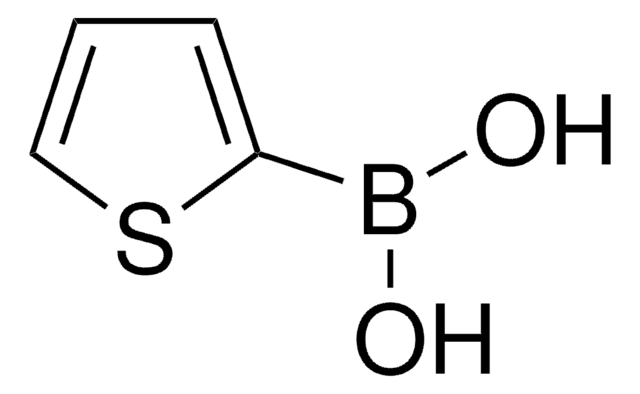
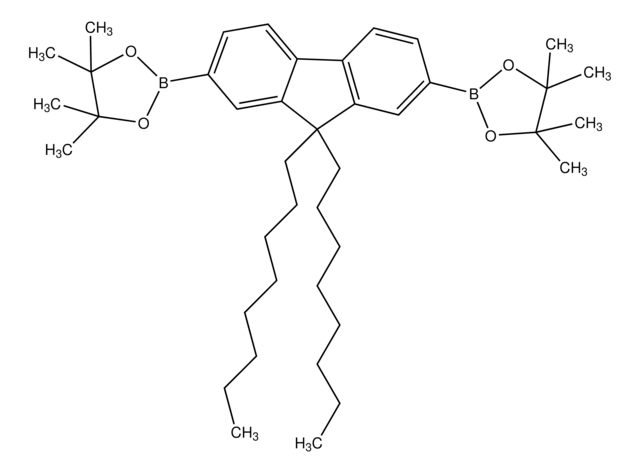
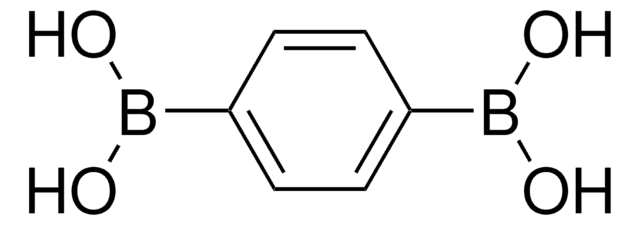
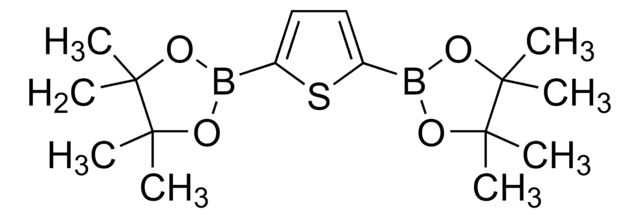
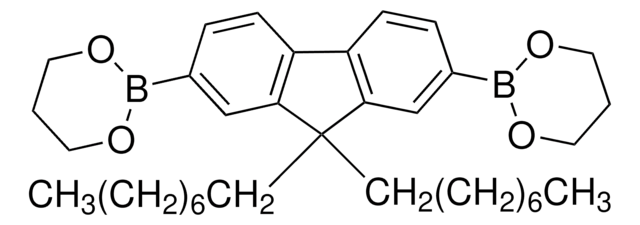
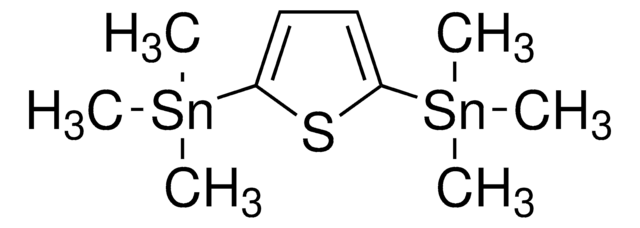

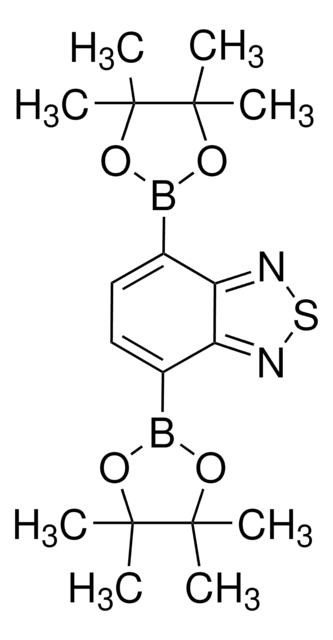
![4,7-Dibromobenzo[c]-1,2,5-thiadiazole 95%](/deepweb/assets/sigmaaldrich/product/structures/711/964/3fd3ffd1-5916-468e-a743-22f1611b5a33/640/3fd3ffd1-5916-468e-a743-22f1611b5a33.png)
